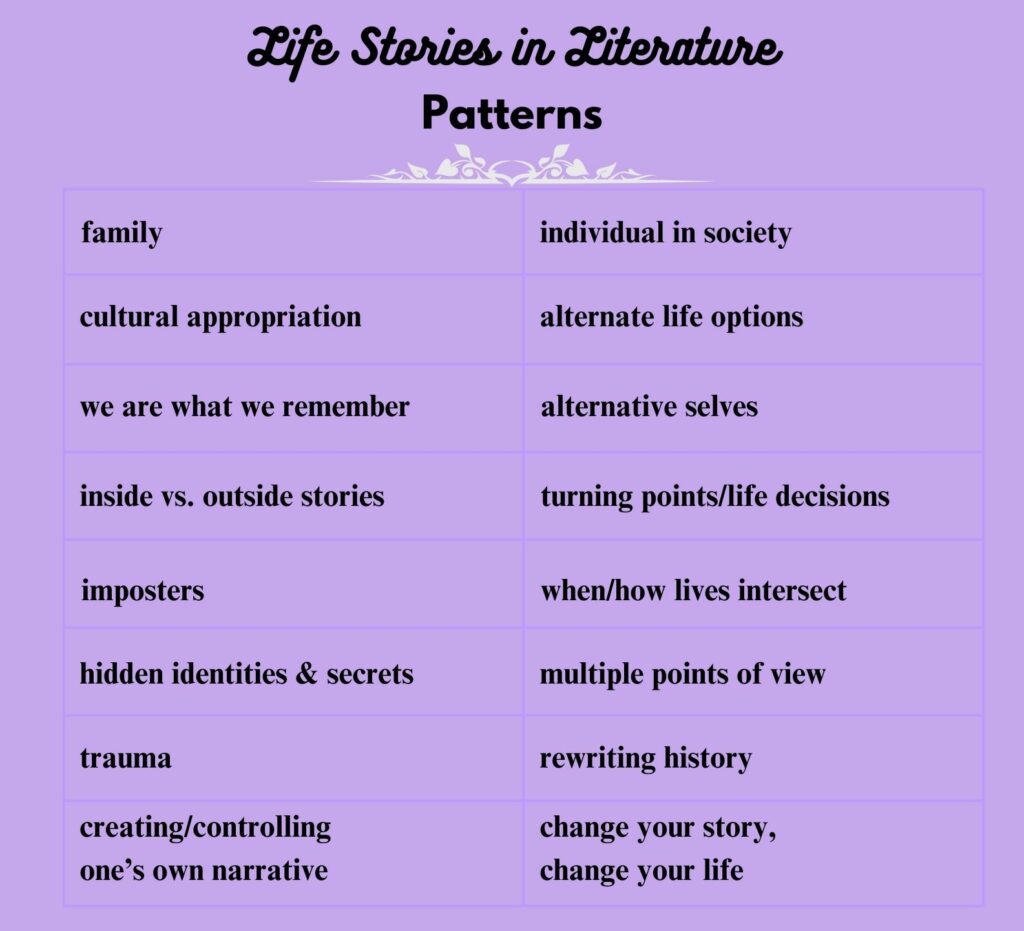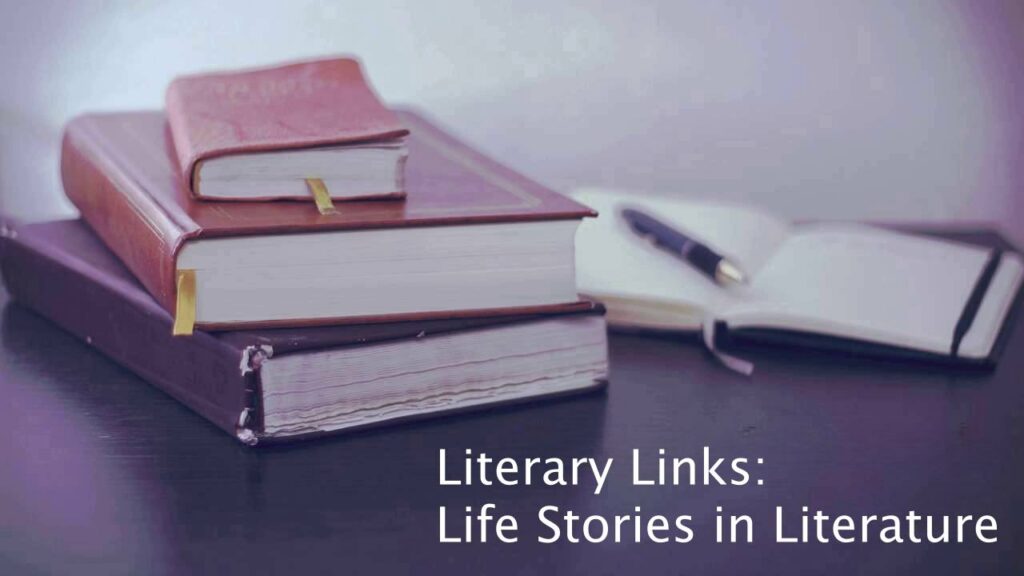My Apologies in Advance.
After the migration to a new computer, I now find myself unable to reply to comments on my own blog. This pertains to all posts over the last couple of weeks.
Please know that I do appreciate your comments and read every one of them. I won’t be able to start trying to track down how to fix this problem until the week after Thanksgiving here in the U.S. (so about December 1st), so please bear with me. Happy Thanksgiving to all who celebrate.

The Priest Who Helps Women in the Mob Escape
This is the kind of true story that thriller novels are made of. It’s the story of a 79-year-old priest in Italy who has spent the last 20 years “creating an informal network of safe houses, burner phones, and coöperative policemen” to help women leave their Mafia spouses and begin imagining a new life for themselves and their children.
The Women Are There: Reimagining Classic Adventure Novels
Novelist Steph Post grew up loving all the classic adventure novels such by authors such as Jules Verne, H.G. Wells, Alexander Dumas, and Jack London. Once she began writing her own novels, she “realized that, in all reality, the authors had missed so many opportunities for rich storytelling by excluding or diminishing women.” Here she describes how she “would have jumped on those opportunities” in stories such as Twenty Thousand Leagues Under the Sea (Jules Verne), The Time Machine (H.G. Wells), and A Princess of Mars (Edgar Rice Burroughs).
Empowering engineering students through storytelling
“Many students who possess the aptitude to become engineers choose not to persist in their major because of the stories they tell themselves – about not belonging, about not being the ‘type’ of person who can become an engineer,” write the four members of a team from Boise State University. These professors are “an interdisciplinary team of researchers with backgrounds in materials science, engineering education, educational technology and consumer psychology – [who] are conducting research on a new approach to support students who question whether they fit in engineering.” The team’s approach involves having students write the stories of how they overcame a problem.
The Analyst and the Bard
“Considering the concept of the second chance.”
If literary-minded people have often looked askance at psychoanalysis—for fomenting pinched and overdetermined modes of literary inquiry, or for didactically imposing its logic upon works of literature—it has equally, and manifestly, furthered our grasp of literature’s inner workings and enriched our storehouse of literary criticism. The Freudian stain upon the literary imagination cannot be rinsed away. What, then, is the proper relation between psychoanalysis and literature?
In search of the answer to this question, Anna Ballan turns to a new book, Second Chances: Shakespeare and Freud (2024), cowritten by Stephen Greenblatt and Adam Phillips. Greenblatt “is one of the most celebrated Shakespeareans alive,” and Phillips is a child psychologist. “The object of their study is the notion of the ‘second chance’ in the plays of William Shakespeare, toward which they apply a range of psychoanalytic and literary tools.”
The concept of a second chance—a do-over, the opportunity to change—is one of the central aspects of life story psychology that literature often offers, both to its protagonists and to its readers.
Our Memories Are Stored in Triplicate
We have so much language for describing memory—much of it contradictory—because what and how we remember is so central to our identity and sense of self. Our recollections connect us to our past and influence how we move forward. Yet, our experience of memory is anything but consistent; sometimes it feels sharp and vivid, and at others it’s murky or unreliable.
Nautilus reports on new research that may help explain how and why our memories can change over time.
Are Your Morals Too Good to Be True?
One function of the life stories we create for ourselves is find meaning and purpose in life. Manvir Singh, assistant professor of anthropology at the University of California, Davis, describes how that process has worked out for him.
A Modern Mystery Drawn from Irish Mythology
I’ve been to Dublin twice, but I’ve so far not managed to get to the museum to see the bog people. I still hope to do that, but in the meantime I’ll have to be content with articles like this one, in which novelist Keith Donohue describes how an ancient Irish myth fueled his novel The Girl in the Bog.
“We reach back into the past to mine the classics because those myths and folklore re-enchant our everyday world. They bring us the larger-than-life figures and dramatic situations absent from modern life, and heighten the very real emotional life that drives stories,” Donohue writes. Such reexaminations of ancient stories, often told from a different point of view than usual, are a common pattern of Life Stories in Literature; recent examples include Circe and The Song of Achilles by Madeline Miller.
American Mythology
Tom Zoellner, an editor-at-large for the Los Angeles Review of Books, discusses the recent book A Great Disorder: National Myth and the Battle for America by Richard Slotkin.
“The stories that a country tells itself are just as critical to its functioning as its army, its laws, its borders, and its flag. Where did the country emerge from, and where might it be heading?” Zoellner asks. One of the contributors to individual life stories is the cultural stories that nations and communities tell about themselves to communicate the group’s values and beliefs to the next generation. For example, many of us who live in the U.S. learned in elementary school the value of telling the truth from the story about George Washington, who, as a boy, admitted, “I cannot tell a lie. I chopped down the cherry tree.”
© 2024 by Mary Daniels Brown


Hi, Mary. Just to let you know, the Like button isn’t working.